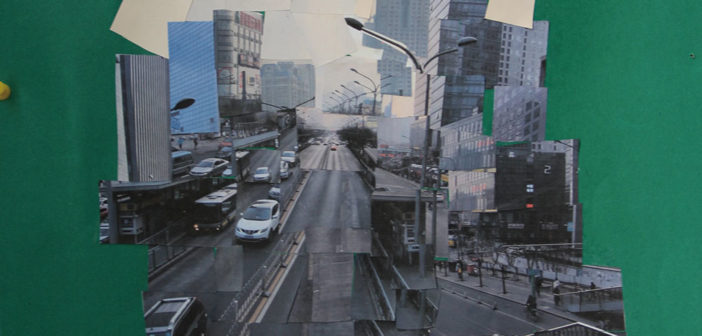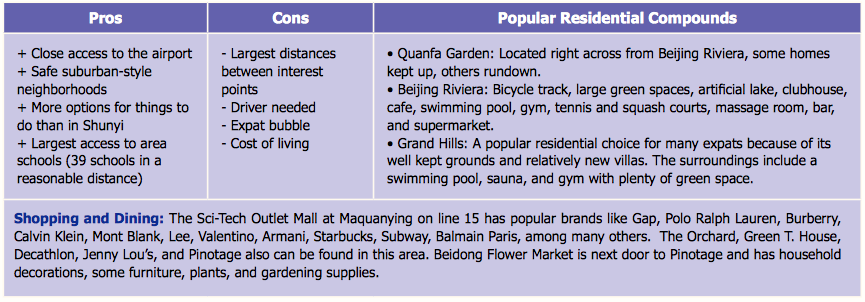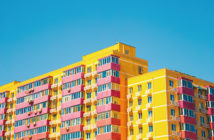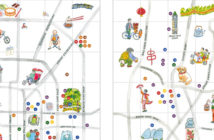Beijing should be viewed as a “county” rather than a city as the municipality takes up a whopping 16,411 sqkm of land area, the majority of that land being rural. The whole “county” is broken up into districts, with the center districts considered to be part of the “city” of Beijing. Though comfortable accommodations can be found throughout these districts, most non-teaching expats with kids prefer to settle down in neighborhoods near reputable schools. We know that a good school is just one factor in where families choose to live., so we covered the pros and cons of each area and nearby play areas on p18.
Note that we covered the most popular neighborhoods for expats, which can sometimes be expensive. For budget-friendly neighborhoods, look outside of these popular areas or for Chinese named apartment complexes and hutongs. Make sure to always bring a knowledgeable Chinese friend along to avoid confusion or possible housing scams. Also see p22 for a checklist on what to inspect before signing a rental agreement.
Below is a modified map from our School Choice Guide. Other areas not included are worth checking out if you’re interested in a lower cost of living, university areas, or a more local experience. Most areas in Beijing do not allow expat children to enroll in public schools, but expat parents are allowed to homeschool. For more tips on picking a school, scan the QR code to get the full map, its key, links to school digital listings, and more.
All You Need To Know About Schools
Our website is full of information, school listings, and larger map and key.


Before Picking an Area:
• How old will your eldest child be in your last year here? Are there appropriate schools in the area to match that age?
• Commuting more than thirty minutes is taxing on most families. Is everything within a reasonable distance (school, workplace, support community, groceries, shopping, and things to do)?
• Are you comfortable with the areas of green play space? Are parks within a reasonable distance?
• Do any family members have special medical needs? Are hospitals in the area equipped to treat these needs?
• Do you plan to have another baby in the future? Are hospitals within a reasonable distance for prenatal and delivery services?
Shuangjing 双井
With one of the highest concentrations of residential compounds in Chaoyang District, Shuangjing now has a diverse population of white-collar locals and expat families who have settled in the area due to its proximity to schools and CBD.

CBD (Central Business District) 北京商务中心
CBD is the city’s financial center, encompassing the famous CCTV Tower (“The Big Pants”), one of Beijing’s most recognizable landmarks.

Sanlitun, Xingfucun, and Dongzhimen 三里屯, 幸福村, 和东直门
The area around Sanlitun is a major expat hub, popular with international foodies and shoppers. Just west of Sanlitun lies the quieter Xingfucun, while to the north is Dongzhimen, which contains one of the city’s embassy districts. Inner Dongzhimen, on the other hand, is a gateway to historical neighborhoods, such as Gulou, Andingmen, and Yonghegong.

Chaoyang Park and Liangmaqiao 朝阳公园和亮马桥
With the largest park of the city lined with shops, restaurants and residential compounds, this area is especially attractive to families. Chaoyang Park connects to Liangmaqiao, an area with a significant expat community and many embassies.

Wangjing and Lido 望京和丽都
Popular with expat families, Wangjing and Lido lie halfway between Shunyi and downtown. Both have significant Korean communities, with Wangjing being known as the Koreatown of Beijing.

Laiguangying and Beigao 来广营和北皋
This area is between the official Shunyi line and Wangjing. For years this area has been called Shunyi by expats, but technically it’s still in Chaoyang District (the distinction is important for taxi drivers). School community and activities play a large part in the vibe of this and Shunyi area.
Shunyi 顺义
If you’re looking for the suburban or a more rural experience, Shunyi is where you’ll want to be. There are villa compounds resembling American suburbs, complete with quaint street names and two-car garages. Most families who choose to live here want a posh China experience, need quick access to the airport, or want to avoid the business of the city.
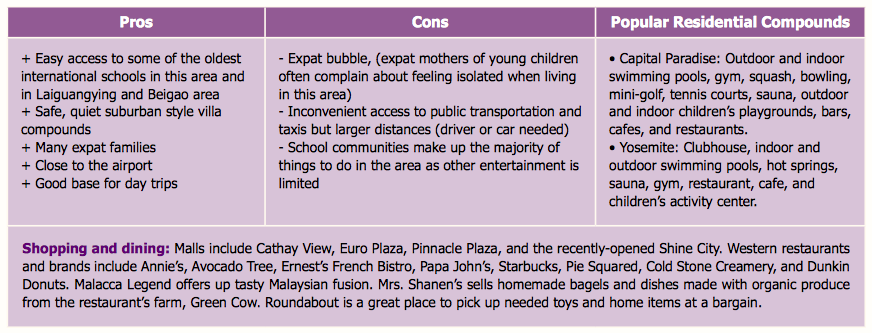
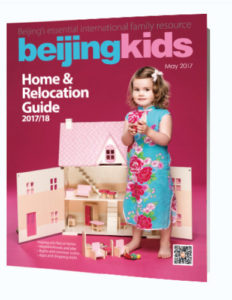
This article originally appeared on p 14-17 of beijingkids May Issue Home & Relocation Guide. Download a copy here.
Photo: Artwork provided by Cherry Xu, 16, Grade 11, Chinese, Beijing World Youth Academy (BWYA)

